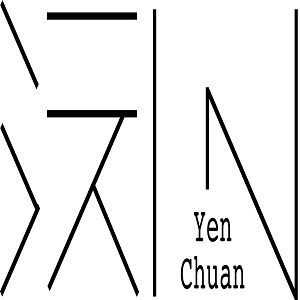Few Interesting Facts about Tapioca (Boba) Tea you should knowPosted by YenChuan on October 17th, 2019 Bubble teas fall into 2 categories: teas (without milk) and milk teas. Both varieties come with a choice of black, green, or oolong tea, and come in many flavors (both fruit and non-fruit). Milk teas include either milk, powdered milk, almond milk, coconut milk, 2% milk, skim milk, or fresh milk. Some retailers provide non-dairy cream pitcher options also (many milk tea drinks in North America are made with non-dairy creamer). In addition, many Boba shops sell Asian style smoothies, which include a dairy base and either fresh fruit or fruit-flavored powder, creating fruity flavors, such as honeydew, lemon, and many more (but no tea). Now, there are hot versions obtainable at most retailers also. The oldest famed bubble tea consisted of a combination of hot Taiwanese bubble tea, small tapioca pearls, condensed milk, and syrup or honey. Many variations followed; the foremost common area unit served cold instead of hot. The most current sorts of tea have modified over time. Bubble tea initially became widespread in Taiwan in the 1980s, but the original inventor is unknown. Larger tapioca pearls were adapted and quickly replaced the tiny pearls. Soon after, different flavors, especially fruit flavors, became popular. Flavors may be added in the form of powder, pulp, or syrup to oolong, black or green tea, which is then shaken with ice in a cocktail shaker. The tea mixture is then poured into a cup with the toppings in it. Today, there are stores that specialize in bubble tea supplier. Some cafés use plastic lids, but more authentic bubble tea shops serve drinks using a machine to seal the top of the cup with plastic cellophane. The latter methodology permits the tea to be stirred within the serving cup and makes it spill-free until one is prepared to drink it. The cellophane is then pierced with an oversize straw large enough to allow the toppings to pass through. Today, in Taiwan, it's common for folks to confer with the drink as pearl milk tea. Tapioca balls (Boba) are the prevailing chewy spheres in bubble tea, but a wide range of other options can be used to add similar texture to the drink. These are sometimes black thanks to the sugar mixed in with the tapioca. Green pearls have a small hint of green tea flavor and are chewier than the traditional tapioca pearls. Jelly comes in numerous shapes: tiny cubes, stars, or rectangular strips, and flavors such as coconut jelly, konjac, lychee, grass jelly, mango, coffee and green tea available at some shops. Azuki bean or mung bean paste, typical toppings for Taiwanese smooth-shaven ice desserts, give the drinks an added subtle flavor as well as texture. Aloe, egg pudding (custard), and sago are found in most tea homes. Popping Boba is spheres and has fruit juice syrup inside them. They are also popular toppings. The many flavors embody mango, lychee, strawberry, green apple, passion fruit, pomegranate, orange, cantaloupe, blueberry, coffee, chocolate, yogurt, kiwi, peach, banana, lime, cherry, pineapple, red guava, etc. Some retailers supply milk or cheese foam fill up the drink too, which has a thicker consistency similar to that of whipped cream. Bubble tea stores typically provide customers the choice of selecting the quantity of ice or sugar, usually using percentages. Like it? Share it!More by this author |


